Nintendo Switch Review
January 20, 2018
With the holiday season over, many people (including myself) have been able to get our hands on Nintendo’s newest gaming console: the Switch. Released in March 2017, the Switch has seen far more success than its middling predecessor, the Wii U. Now that I’ve had some time to try out the system myself, I’ve been able to find out both the good and bad with the Switch. Yes, this review may be the length of a modest novel, but I want to go in depth with everything I found noteworthy about the console. If you’re looking for a shorter read, skip to the end for a quick summary along with the final grade. But without further ado, let’s start the review by looking at some of the Switch’s strengths.
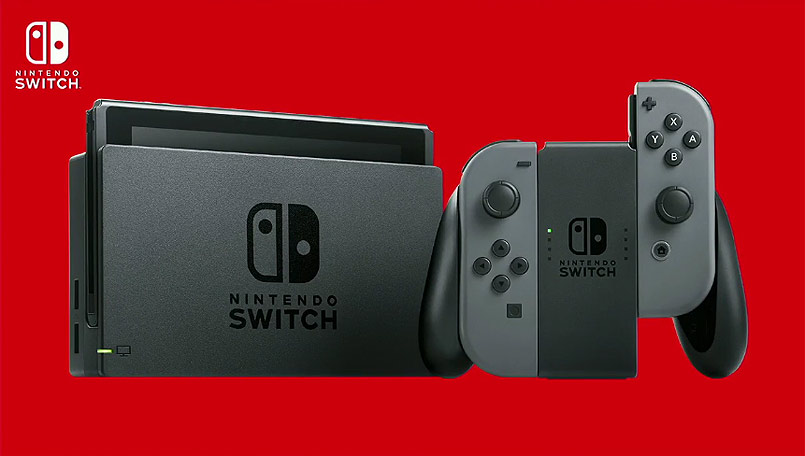
The Pros:
Versatility:
Ever since the original Game Boy launched in 1989, there’s always been a disparity between playing games at home vs. on-the-go. Home video game consoles have always been more powerful than their handheld, portable counterparts. Not to say that handhelds can’t offer great gaming experiences (quite the contrary), but you’d always have to sacrifice some power for the privilege of handheld gaming. As a result, games usually diverged based on whether they were for handhelds or home consoles. For the longest time, playing a massive game like Skyrim on a handheld device seemed like a futuristic dream for gamers.
Enter the Nintendo Switch.
Nintendo’s newest console is capable of playing modern home-console games on a TV, with the added benefit of being able to take those exact same games on the go. The actual device itself resembles a tablet, with a touchscreen, volume/power buttons, a headphone jack, etc. When using it in portable mode, you can either attach the Joy-Con controllers to it and hold it in your hands, or stand it up on a table and use controllers separately. The device also comes with a dock that connects to your TV; just slide the system in, and you’ll be able to play using your TV.
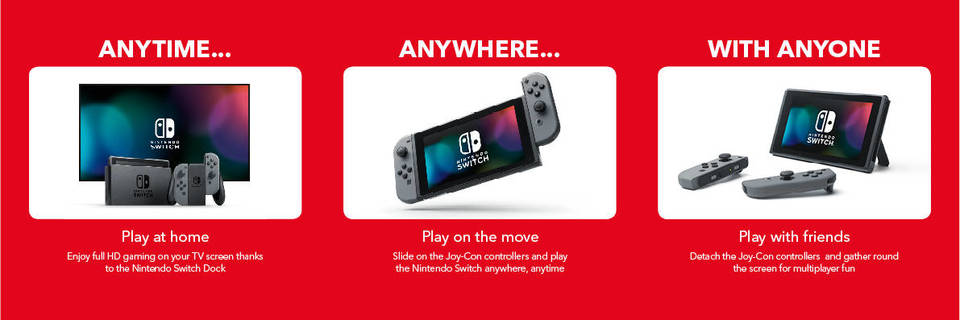
This functionality sort of blows my mind. By bridging the gap between home and handheld consoles, Nintendo has single-handedly changed the playing field of the gaming market. Transitioning between these modes is seamless; it takes just a few seconds to do, and your games immediately pick up right where they left off. All of the modes work great, even when using the smaller tablet screen. And whatever mode you want to use is up to you; all games are fully compatible regardless. My go-to option is the traditional TV setup, but I also find the stand-up tablet method to be both comfortable and incredibly useful. If someone else wants to use the TV, I can take it out of the dock and continue playing in seconds. I also found myself putting it on my desk, so that I could play a game while monitoring some downloads on my laptop. The system’s ease of portability means I can take it over to my relatives’ house, stand it up on a table, and play with no problems. Of course, I can then use it in handheld mode during the car ride home, picking up right from where I left off.
Many will want to exclusively use the system in one mode, and that’s perfectly fine. Even with that in mind, the system’s hybrid functionality gives it a far broader appeal, whether you prefer to play at home, on the go, or both. It’s a game-changer (no pun intended) for the entire games industry, and will add substantial value for any Switch owner.
Games:
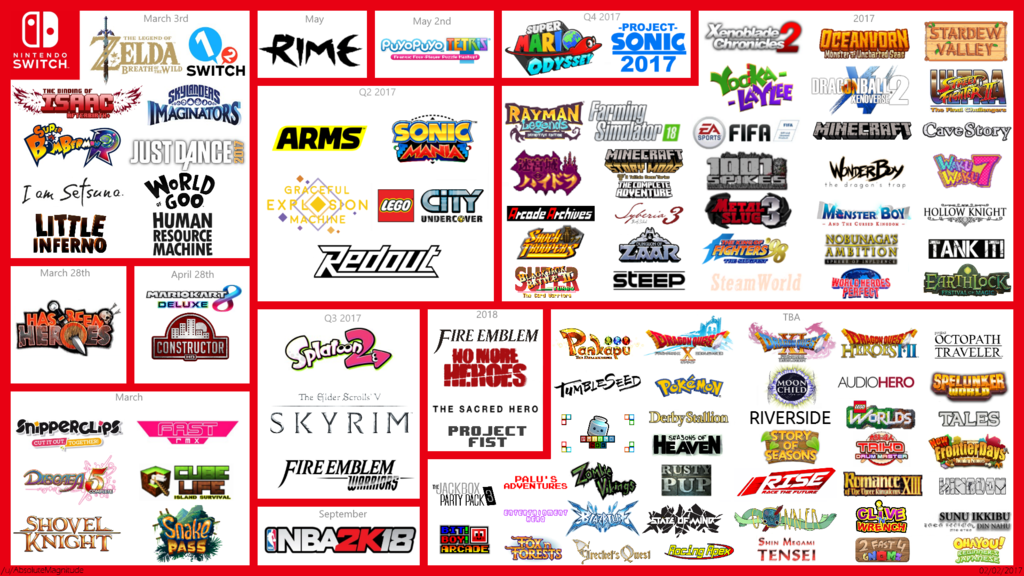
Consoles are usually lucky if they manage to launch with a killer app; many have spent their release date in the cold, lacking any real eye-catching games that can get people buying systems. Leave it to Nintendo to launch the Switch with The Legend of Zelda: Breath of the Wild, which won Game of the Year at The Game Awards 2017.
Yes, it is true that the game came to Wii U as well. But the Switch version was easily the better-selling version, going so far as to outsell the Nintendo Switch itself. And Nintendo had far more games up its sleeve, smartly pacing new releases to maintain the excitement among Switch users. Now, with the console closing in on the end of its first year (as of this writing), Switch users have been downright spoiled with great games to play.
What’s rather interesting to note are the different kinds of games we’re seeing come to the Switch. Traditionally, one of Nintendo’s strongest suits has been its first-party releases, and that continues thanks to the aforementioned Zelda, Super Mario Odyssey, Splatoon 2, and other titles. However, the company has struggled in recent years with enticing third-party developers. As a result, it could often feel like the only games worth playing on Nintendo consoles were published by Nintendo themselves. But the Switch is set to change this.
Firstly, triple-A publishers and developers seem to be paying a lot more attention to Nintendo now. Titles like FIFA 18, NBA 2K18, and the upcoming Dark Souls Remastered would normally come to just three platforms: PC, PS4, and Xbox One. This would leave Nintendo fans left out, but their inclusion on the Switch indicates that Nintendo is becoming a major player once again in the third-party space. Nintendo is also demonstrating a move away from their overly family-friendly image that the Wii brought about, with mature games such as Doom and Wolfenstein II available for the Switch. The door could be opening for more big names in gaming to come out on Nintendo’s new system, and that’s a good thing.
On the other side of the spectrum, Nintendo is also embracing the indie gaming space. This is great for Nintendo’s digital storefront, the eShop. I felt that the digital store was somewhat lacking on past consoles, and usually just bought retro games through their Virtual Console service. Now the eShop is home to acclaimed indie titles such as Stardew Valley, Axiom Verge, Super Meat Boy, The Binding of Isaac: Afterbirth+, and loads more. I tend to gravitate towards these games thanks to their low prices and unique experiences, so it was cool to see some of my favorites like Shovel Knight and GoNNER on the list. Many of my favorite games are indies, and I’m excited for what could come in the future; we’re already getting the universally praised Hollow Knight very soon.
It’s worth mentioning that Switch games such as Skyrim and Mario Kart 8 Deluxe, as well as many of the games mentioned above, are ports of games from other systems. That may be a negative for some, but these ports still add great games to the Switch library, regardless of age. For those who use the Switch’s portability, there’s the added value of taking these games wherever you want. As one of the people who got the surprise hit Rocket League for free on PS4, I was hesitant to re-buy it for my laptop to play with my friends. I never ended up doing so, yet I didn’t think twice about buying it again for my Switch. Even if you’re not interested in ports, feel free to simply ignore them; you’ll still have tons of new and original games to play. But chances are you’ll find some great games that you never even played, and the Switch presents the perfect opportunity to get around to them.
To compliment the Switch’s versatile nature, Nintendo has quickly backed it with an impressive variety of games, from first-party originals, third party triple-A’s, indies, and ports. And the forward momentum isn’t stopping yet; the recent 1/11/2018 Nintendo Direct Mini shed light on upcoming Switch games such as The World Ends With You -Final Remix-, Kirby Star Allies, Payday 2, Hyrule Warriors: Definitive Edition, and even more. I’m now eagerly anticipating what’s both on and beyond the horizon for the Switch.
Super Smash Bros, anyone?
Controllers:
It’s safe to say that the Switch’s Joy-Con controllers left many gamers skeptical. For me, they looked far too small to be comfortable. But when I got my hands on them, I was surprised at how comfortable they actually felt. Even my dad found them to work just fine in his larger hands. The Switch also includes a grip that turns the Joy-Cons into a poor man’s standard controller. This worked surprisingly well for me, although my dad said the grip dug into his hands.
One of my biggest problems with the Joy-Cons was with their durability. They are designed to slide on and off the sides of the tablet, as well as the grip, etc. But I noticed that a few days after getting the system, the Joy-Cons would creak slightly when attached to the system. It may be minor, but it turned me off from the handheld mode just because I really don’t want to break anything. They also feel loose when sliding onto the grip; this makes me question the longevity of the sliding mechanism.
Nintendo has put a lot of functionality into these controllers, such as motion controls and their “HD Rumble”. However, this stuff is completely uninteresting to me. I’m not completely closed-off to the idea of motion controls, but it gets annoying when Super Mario Odyssey randomly wants me to shake my controller in order to climb something faster. As for HD Rumble, it’s pretty much just very precise controller vibration… which is cool I guess? I mean, I suppose it’s neat that I can simulate shaking a glass of ice cubes with a Joy-Con. As for how this is relevant at all while I’m playing a video game, I have no idea. The most important thing is that the controllers are comfortable, which they thankfully are.
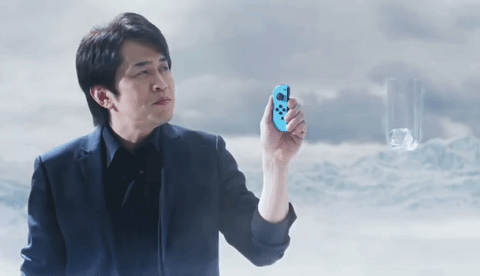
You also have the option of using one Joy-Con sideways, letting a second player use the other one. This means you have a method for playing with two-players from the get-go, a bonus that both the PS4 and Xbox One lack (unless you buy a more expensive bundle). However, after playing extended sessions of Mario Kart 8 Deluxe with my little sister, we both agreed that this method gets uncomfortable pretty fast. The small size of a single Joy-Con means that your hands always cramp up. Still, it’s nice to have the option available.
Both of us decided to upgrade to the Switch’s Pro Controller, which has a far more conventional design that gamers are used to. If you thought the Joy-Cons were too small, then this thing will seem huge by comparison. However, it works superb for both me and my sister, even with her smaller hands. I still prefer the feel of the PS4’s Dualshock 4 controller, but the Pro Controller feels great. Not to mention that it also boasts a whopping 40 hours of battery life. It’s become my go-to controller option for the Switch, and I’d highly recommend picking one up.
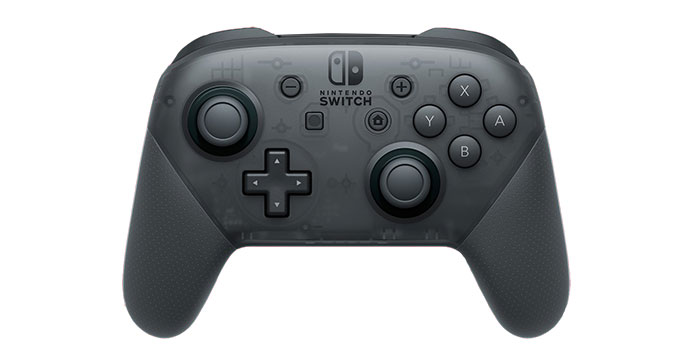
Price:
The Xbox One’s original price was a hefty $500, while the PS4 cost $400. At a price of $300, the Switch wins the race here. It should be noted that the original PS4 now costs the same as a Switch, with the original Xbox One being even cheaper. However, the Switch is a new system; it will likely have very similar price drops down the line.
However, I ended up spending quite a bit on Switch accessories. Me and my sister split the cost for two Pro Controllers, a complete travel bag, an alternate tablet stand, a screen protector, and a microSD memory card. It totaled to about $130 for each of us. It’s important to note that none of these purchases are mandatory, and many won’t even feel the need to buy most or any of them. But comparatively, I had never even thought about buying any accessories for my PS4, as everything I got in the box on day one worked out perfectly fine.
A big part of that $130 was the optional Pro Controller I mentioned earlier, weighing in at $70. A pair of Joy-Cons will run you $80, while a single one will cost $50. That’s pretty expensive for what these controllers are, and I can’t help but feel that the aforementioned unnecessary functionality jacked up the price. Keep in mind that both the Dualshock 4 and Xbox One controller initially cost $60, the average price of a game nowadays. Recently I was able to get the improved 2nd-gen model of the Dualshock 4 for just $45 off of Walmart. Nintendo now has the most expensive standard controllers on the market.
But they win one crucial area: online service. Playing Switch games online is currently free until the summer of 2018, when it will cost $20 a year. That’s not bad at all when the Playstation 4 and Xbox One charge $60 a year for the same thing. Since most accessories (including controllers) will be a one-time purchase, this online pricing helps Nintendo level the playing field in the long run.
Overall, the Nintendo Switch is fairly priced, comparable to its competitors. It can veer towards either the cheaper or more expensive end depending on how much extra stuff you want with it.
A quick note before we get into some of the “Cons” of the Nintendo Switch: any price-related “pros” (such as the cheap/free online service) will be disregarded in this section, since we just covered those. At the same time, I did buy both the alternate tablet stand and microSD card as a result of some of the following issues; therefore I’ll be counting the extra money spent as a part of the Switch’s “Cons”. As for the Cons themselves, we’ll start off with the smaller ones before working our way up towards the bigger issues.
The Cons:
The Kickstand:
Like I mentioned before, I love using the Switch’s tabletop mode, where it’s propped up on whatever flat surface you’d like. To use it this way, Nintendo includes a little kickstand on the back of the console. Unfortunately, this kickstand sucks.
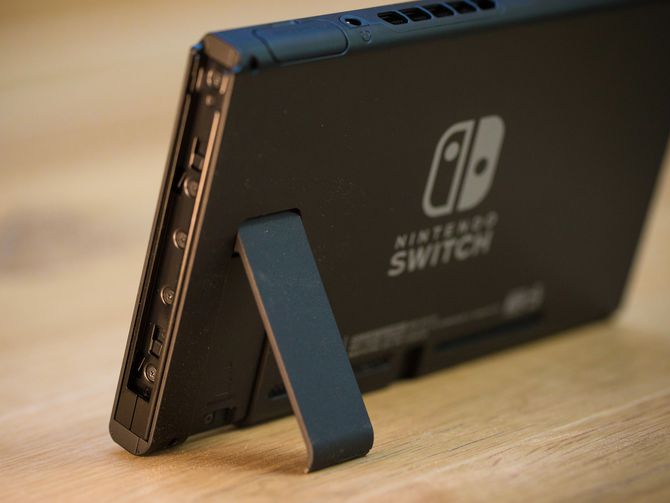
Firstly, I keep my fingernails pretty short, so just trying to open the kickstand was a total pain. It’s also incredibly flimsy; if you don’t bend it back enough, the entire tablet can easily fall over. Bend it back too far and the thing will snap off. Nintendo has acknowledged this, and thankfully the stand isn’t hard to pop back in. At the same time, they warn that doing this too often could make it loose to the point of being essentially useless. Finally, it figures that the tablet’s volume buttons and kickstand are on opposite sides. It’s incredibly easy to tip the whole thing over from just pushing the buttons, meaning you have to carefully hold the system just to use the volume control.
At least you can buy an alternative stand as a fix. And on a side note, I’m not criticizing the kickstand just because CNET did. They had made a video where they completely over-exaggerated how bad the kickstand was; their reward was lots of hate on the internet. I’d have to agree that the video is hilariously bad, but at the same time I personally feel (from my own experience) that the kickstand leaves a lot to be desired.
Storage Space:
Digital downloads appear to be the future for games. While some still prefer buying physical copies of games (which is completely fine), I’ve come to appreciate the convenience of buying them online before downloading them straight to my system. This is a field where Nintendo struggled and fell behind for a while, but they have been improving their services over the years; I can safely say that the Switch’s eShop is on par with the digital storefronts of Playstation and Xbox.
There’s still one problem though; the Switch only comes with 32GB of internal storage. This is an issue when considering that modern games continue to require more and more space to download. To Nintendo’s credit, they do a good job of optimizing their own games to take up less space; Super Mario Odyssey asks for a modest 5GB. But even with that being the case, I was left with only 7GB of space left on the Switch after downloading just three games (Super Mario Odyssey, Mario Kart 8 Deluxe, and Rocket League).
Nintendo’s own optimization also doesn’t affect other publishers and developers, who have gotten used to 50GB as the standard for games. Yes, it’s true that many of these companies do poor jobs with optimization, but the Switch can’t really adapt to this problem. NBA 2K18 became rather notorious for its total 28GB requirement… more space than the system could provide. So how can anyone even download the game?
The answer: microSD cards. The Switch has a microSD slot tucked away behind the kickstand. You can pop in a card to help increase the amount of stuff you can download for your Switch; this is required to play NBA 2K18 (even if you buy the game physically). It’s a lifesaver that the Switch has this functionality, but microSD cards are sold separately, and Nintendo’s price markups on their own official cards don’t help. Do yourself a favor and steer clear of the official Switch microSD cards; buy a card from the perfectly fine third-party options.
Even if you plan on buying Switch games physically, you’ll still need to download some titles (like indies). Other games like NBA 2K18 need a microSD card anyways, or take up storage space even with a physical copy (for example, Doom‘s multiplayer component). And if you’re planning on downloading any games like Skyrim or The Legend of Zelda: Breath of the Wild, you’ll find that 32GB filling up rather quick.
Nintendo has at least made it easy to clear up space by archiving downloads, but you’ll have to re-download archived games if you want to play them again. Overall it seems that many will just end up eventually needing to buy a microSD card for the Switch. It’s not the worst thing in the world, but it will add more costs to the system.
Data Transferring:
If you buy a Switch game digitally, you can re-download it onto any Switch as long as the system in question is currently authorized under your Nintendo account. This should be expected.
Save data is another story. The Switch stores all save data files on the system’s internal storage, even if you buy a game physically. Space requirements aren’t the issue here. The problem is that the Switch lacks an adequate method of backing up save data. What if a Switch gets lost or broken? Those are viable situations considering it can be taken on the go. What if my save data becomes corrupted?
In those situations, your save data is gone. Period. You’ll lose any game progress that is saved directly to the system, meaning you’ll have to start over from the beginning with your games. Nintendo’s only option for moving save data is directly to another Switch unit, and you can only ever keep one copy of your save data. This method completely misses the point; it won’t help you at all in the situations I mentioned above.
My Switch is protected by a two-year warranty, but getting a replacement would come with the bitter pill of losing all of my game progress. Considering I share the system with a little sibling (who’s not as careful with it as I am), that stings. But Nintendo could easily fix this issue with an update by letting users back up saves to microSD cards, or perhaps cloud-based storage; almost anything would be better than what we have right now. Hopefully they do, but they’d better be working on it quickly.
Online:
My biggest complaint with the Switch so far is its lackluster internet connectivity. When I play Mario Kart 8 Deluxe, I’m usually on the game’s online multiplayer mode. Sometimes it works just fine. But I’m often hit with lag, which can be very noticeable and frustrating in-game. I can’t count how many times my car randomly spins out because I apparently hit an obstacle, even though the screen clearly shows I didn’t touch it. Don’t believe me? Watch this video by youtuber Czab:
And there’s been numerous times where the game loses connection altogether.
Rocket League is even worse. Your car can teleport across the screen, which is extremely disorienting. A rather amusing instance occured when I charged full speed at the ball, only to teleport away just before making contact. At this point, I find that lag is present in most of my matches, a problem that I never experienced with the game on PS4.
What’s really frustrating is that all this lag prevents me from being able to play online whenever I want. And it’s not that I’m getting bad internet speeds; I once read speeds of 40-50mbps from my laptop when Mario Kart 8 Deluxe wouldn’t connect. Every other device in my house would have no problems connecting with speeds like that, yet the Switch proves to be the exception. Reading speeds from the Switch itself would give me a different, inconsistent result than that of my laptop.
There’s one very important thing to mention here, though: the Switch’s online capabilities aren’t fully complete. This is why Nintendo’s online service will remain free until the summer of 2018, when it is expected to be complete. Only the future will tell if that means the online connectivity will improve; I’d have no problems with paying $20 a year if that’s the case. But until then, playing the Switch online will continue to be a major hassle.
So, we’ve covered both the Pros and Cons of the Switch. Now, let’s get to the juicy part:
The Verdict: A-
The Nintendo Switch’s unique hybrid functionality is truly something special. We’ve seen numerous attempts before to make a portable games system with the power of home consoles (or even PCs), but none have pulled it off as elegantly as Nintendo has. Of course, that wouldn’t mean anything if there weren’t fantastic games to play on the Switch, but standouts like The Legend of Zelda: Breath of the Wild and Super Mario Odyssey end that discussion quickly. The system is probably worth it just for those two alone.
Yes, the system does have some annoying issues, but they can, could, or will be fixed eventually. Hopefully we’ll see a change with the online situation, as well as a solution to data transferring. And a potential second version of the Switch could easily earn an A or even A+ by remedying problems like the kickstand and storage space. It’s hard to imagine one not coming out, with similar products like the PS4 Pro, Xbox One S, and Nintendo’s own New 3DS. If you can manage to wait for such an option, it’d probably be worth it.
However, don’t let that deter you from getting a Switch in the meantime; its strengths easily outweigh its weaknesses. Even if you just buy it to play the new Mario or Zelda, you’re getting a solid piece of hardware with a great selection of games and a promising future. If that doesn’t make a game console worth buying, then I don’t know what does.
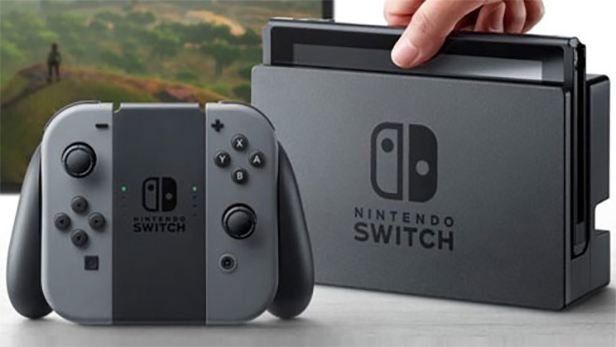


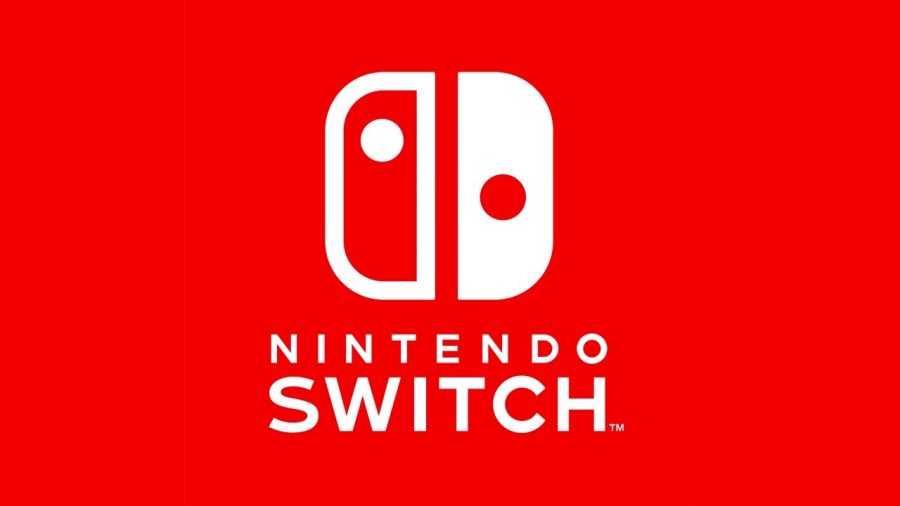
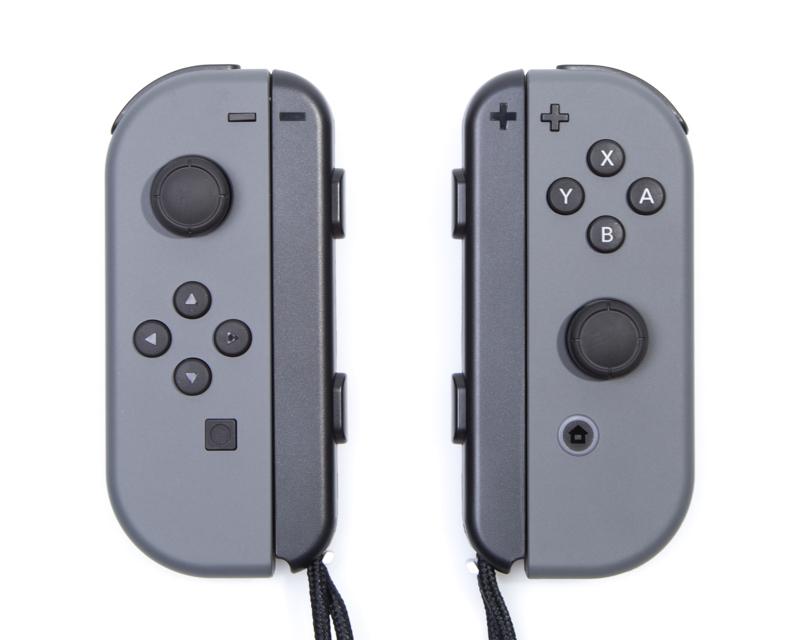
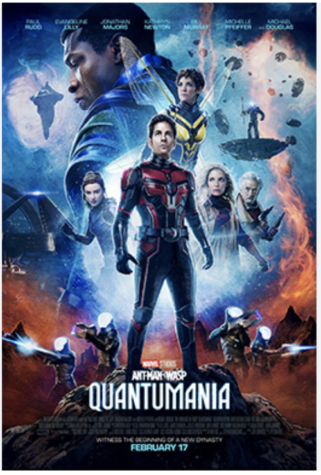

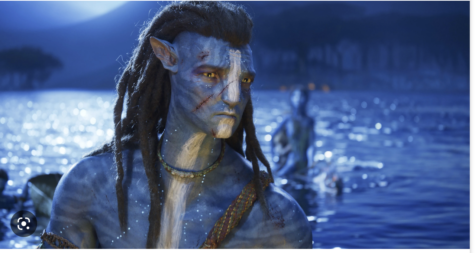

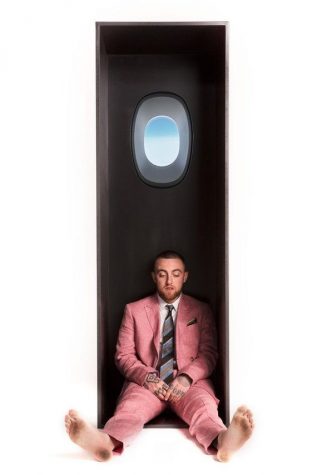
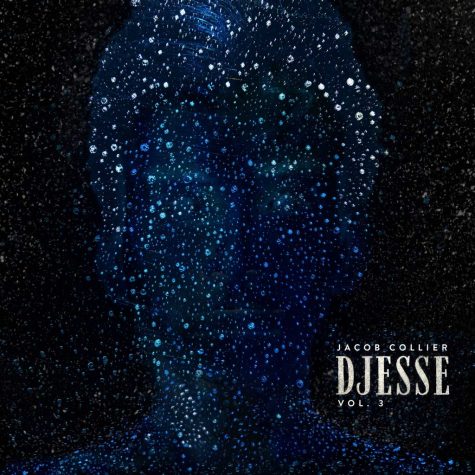
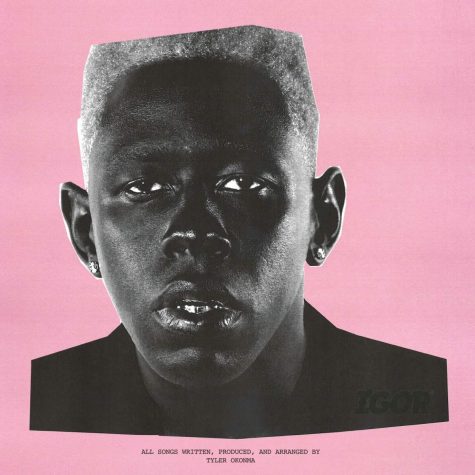
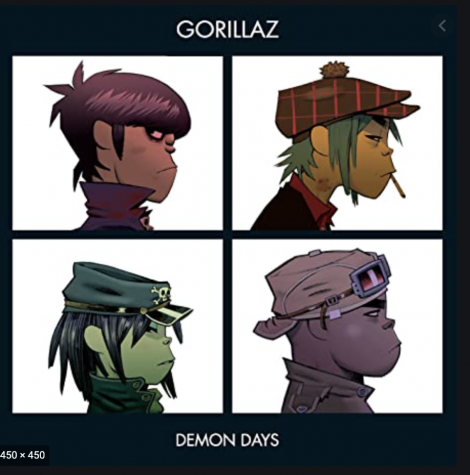


buyplaystation06 • Mar 24, 2018 at 12:50 am
Hey, you guys have some great articles on your website! If you’re looking for more topics to cover, maybe you guys should do an article about those annoying people who post comments everywhere that advertise scam websites.
Take this link, for example: buyplaystation.com
I remember seeing this link on a school newspaper site. Some shady guy posted a comment pretending to compliment a Nintendo Switch review, when all he really wanted to do was spam a link to his dumb PlayStation website.
It’s really sad what some people will do just to try and make a quick buck…
Michael Aeschbacher • Apr 2, 2018 at 10:10 pm
Haha yeah, those people do tend to be pretty annoying! Thankfully, I’m an admin for our own news website, so I can just delete any of those comments.
Actually, I could even alter the comments if I wanted to…